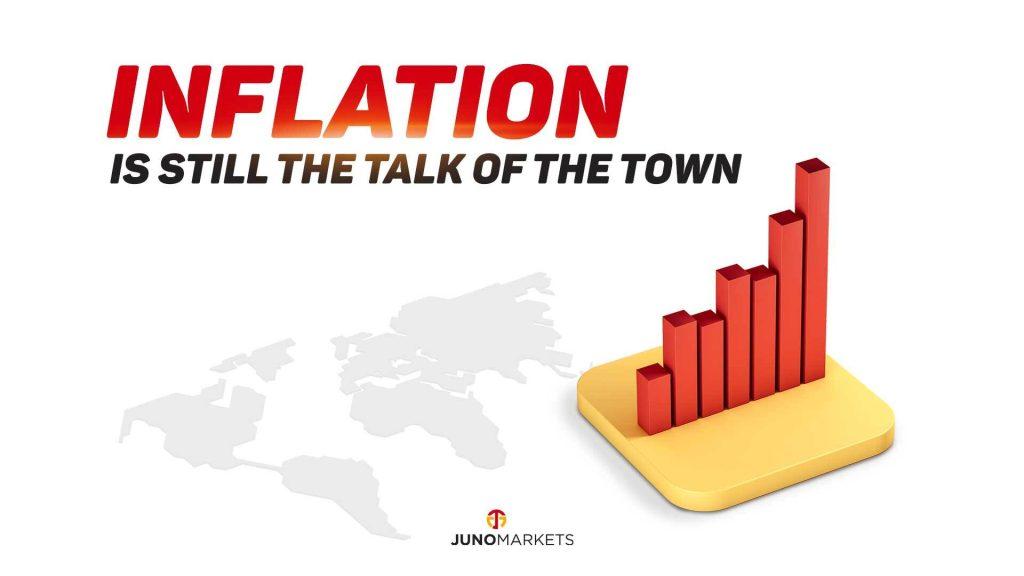Last week, the Bureau of Labor Statistics released US inflation data, and it showed that inflation is not yet running out of steam.
As of the most recent month, the consumer price index (CPI) increased by 0.4% while inflation rose 8.2% annually. The core CPI, which excludes costs for energy and food, increased by 6.6% annually and 0.6% monthly. Since the inflationary period of the early 1980s, this was the highest yearly increase.
In addition, prices of food increased by 11.2% annually and the price of gasoline climbed by 20 cents per gallon which is actually more than the previous month. Inflation-adjusted average hourly wages decreased by 0.1% month-over-month, which is 3% less than it was a year ago. As costs rise, many workers are having a hard time making ends meet.
Analysts expect the Fed to tighten its monetary policies as the CPI statistics are having a negative impact on the trading, cryptocurrency, and commodity markets. Two more interest rate increases are anticipated, speculating that the Fed may raise rates by as much as 75bps in November and December.
Both domestically and internationally, rising inflation is a problem. The issue has become so serious that the Fed changed the primary goal of its monetary policy in 2022 to reducing inflation.
Multiple asset classes are being disrupted by the Fed’s aggressive approach. The dollar has become stronger and gained ground versus gold, silver, and bitcoin as a result of higher interest rates.
As the Fed keeps on raising rates and maintaining its hawkish stance, many investors feared that this may result to a decline in GDP, higher unemployment rate and a possible stock market crash.




